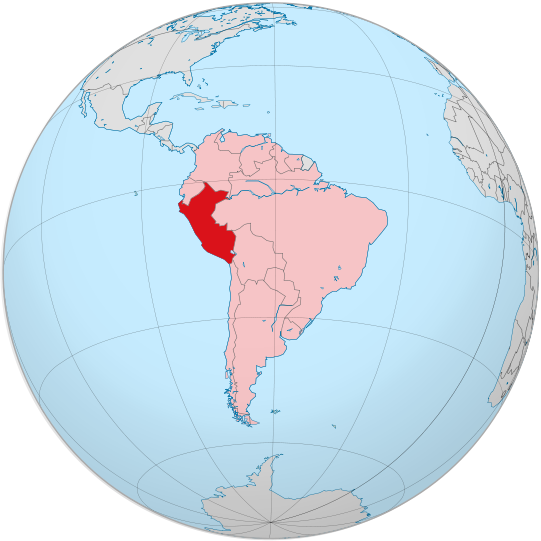Six children under the age of 10 have died from chickenpox in the northwestern regions of Piura and La Libertad in Peru through October, according to a chimbotenlinea.com report (computer translated).
This number is higher than the five deaths recorded during the entire 2016.

According to the doctor Pedro Díaz Camacho, of the Bethlehem Hospital of Trujillo, of all the cases of chickenpox, approximately 40% suffers complications with bacterial and hemorrhagic infection, which makes difficult the handling of the patient and exposes it dangerously to death.
“Only in the La Libertad region have been reported 115 cases, of which 45 were complicated to trigger three deaths,” said the doctor.
Experts are calling for an emergency declaration in La Libertad. “Last year, with fewer deaths from chickenpox, the Ministry of Health (Minsa) decreed an epidemiological alert. Paradoxically, this year, when there are more deaths from chickenpox, no warning has been issued and that is what worries us, “said Pedro Díaz Camacho.
Chickenpox is caused by the varicella-zoster virus (VZV), a member of the herpes family. This virus causes two distinct diseases; varicella (chickenpox) is the primary infection, and later when VSV reactivates, herpes zoster (shingles).
Chickenpox is highly contagious and is spread by coughing and sneezing, by direct contact and by aerosolization of the virus from skin lesions. You can also get it by contact with the vesicle secretions from shingles.
The disease is characterized by fever and a red, itchy skin rash of that usually starts on the abdomen, back or face and then spreads to nearly all parts of the body. The rash begins as small red bumps that appear as pimples or insect bites. They then develop into thin-walled blisters that are filled with clear fluid which collapse on puncture. The blisters then breaks, crusts over, and leaves dry brown scabs.
The chickenpox lesions may be present in several stages of maturity and are more abundant on covered skin rather than exposed. Lesions may also be found in the mouth, upper respiratory tract and genitals.
Chickenpox is contagious from 1-2 days before the rash forms and continues until all the lesions are crusted over (usually about 5 days).
This disease is more serious in adults than in children. Complications of chickenpox are rare, but include pneumonia, encephalitis and secondary bacterial infections.
Infection with this virus usually gives lifelong immunity, though second attacks have been documented in immunocompromised people. The viral infection remains latent, and disease may recur years later as shingles.
To prevent this disease in children, a vaccine was licensed for use in 1995. Doctors recommend that children receive the chickenpox vaccine at 12 to 15 months and then a booster at 4 to 6 years old. The vaccine is effective at preventing mild infection in up to 85% of children and severe forms in up to 95% of children. Some kids who get immunized will still get chickenpox, though with much milder symptoms.
Some people should not get vaccinated for chickenpox; in particular pregnant women. They should wait to get the vaccine until after they give birth or women should not get pregnant until 1-3 months after vaccination.
LISTEN: Vaccines: How they work and some common misconceptions
For children older than 13 and those adults who have never had chickenpox, the chickenpox vaccine should be given in two doses at least 28 days apart.
In addition, those that have a suppressed immune system due to a disease (HIV/AIDS) or a treatment (cancer treatment or steroids) should check with their physician prior to getting immunized.
Related:
- From Lyme to Powassan: Tick-borne diseases in the US 2016
- World’s smallest tape recorder is built from microbes
- Mumps in Manitoba: More than 1000 cases in 2017, showing signs of decline
- Vaccines arrive in Yemen after blockade
- Diphtheria: Crises in Yemen and Venezuela result in re-emergence
- Haiti cholera cases down 66 percent compared to 2016


